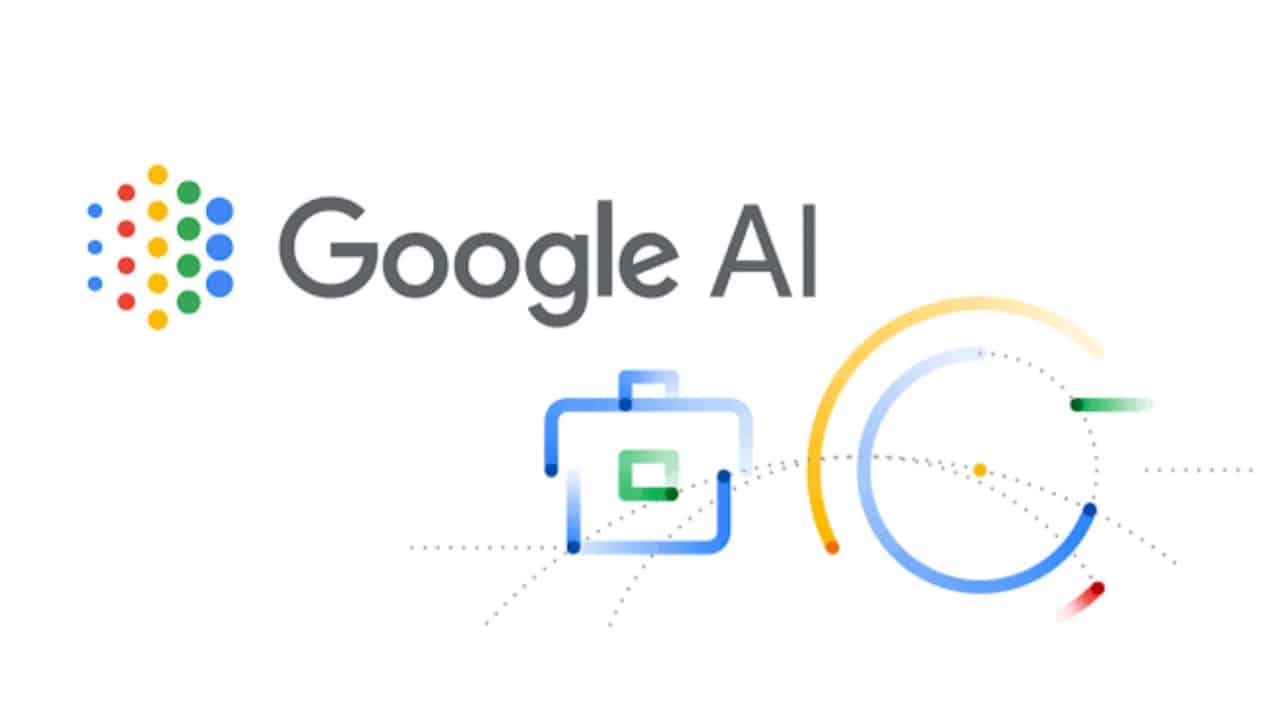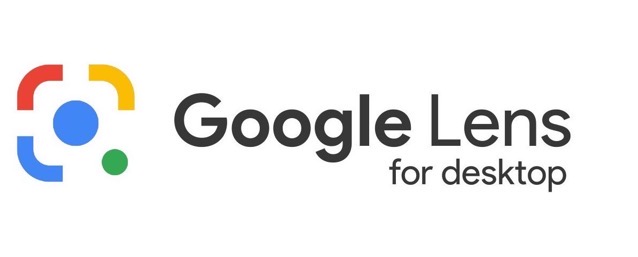What is Reverse Image Search and How Does it Work?
Reverse image search is a powerful tool that allows users to search for images based on a reference image, rather than a text-based query. This technology has been gaining popularity in recent years, and Google’s reverse image search feature is one of the most widely used. By uploading an image or entering the URL of an image, users can find similar images, identify objects, and even solve mysteries.
The process of reverse image search involves analyzing the visual content of an image and matching it to a vast database of images. This database is created by crawling the web and indexing images, which are then used to generate a unique signature or fingerprint for each image. When a user uploads an image or enters the URL of an image, the algorithm analyzes the visual content and matches it to the signatures in the database, returning a list of similar images.
Google’s reverse image search feature is particularly useful for finding similar images, identifying objects, and solving mysteries. For example, users can upload a picture of a product and find similar products, or upload a picture of a famous landmark and find more information about it. Additionally, reverse image search can be used to identify the source of an image, which can be useful for tracking down copyright infringement or verifying the authenticity of an image.
One of the key benefits of reverse image search is its ability to provide more accurate results than traditional text-based search. By analyzing the visual content of an image, reverse image search can return results that are more relevant and accurate than text-based search. This is particularly useful for users who are searching for specific images or objects, as it can help to narrow down the results and provide more accurate information.
Overall, reverse image search is a powerful tool that can be used in a variety of ways. Whether you’re looking for similar images, identifying objects, or solving mysteries, Google’s reverse image search feature is a valuable resource that can provide more accurate and relevant results than traditional text-based search.
How to Search by Image in Google: A Step-by-Step Guide
Searching by image in Google is a straightforward process that can be completed in a few simple steps. To get started, users can access Google’s reverse image search feature by visiting the Google Images website or by using the Google Chrome browser.
Step 1: Access Google Images
To access Google Images, users can visit the Google Images website or click on the “Images” tab on the Google homepage. This will take users to the Google Images search page, where they can enter their search query or upload an image.
Step 2: Upload an Image or Enter the URL
Users can upload an image from their computer or enter the URL of an image they want to search for. To upload an image, click on the “Upload an image” tab and select the image file from your computer. To enter the URL of an image, click on the “Enter image URL” tab and paste the URL into the search bar.
Step 3: Use the Camera to Search
Google also allows users to search by image using their camera. To do this, click on the “Camera” icon in the search bar and take a photo of the image you want to search for. Google will then analyze the image and return a list of similar images.
Step 4: Filter Results
Once the search results are returned, users can filter them by using the various filters available on the Google Images search page. These filters include “Size”, “Color”, “Type”, and “More tools”. By using these filters, users can narrow down their search results and find the most relevant images.
Step 5: Refine Your Search
If the initial search results do not return the desired results, users can refine their search by using specific keywords or phrases. For example, if you are searching for a specific product, you can enter the product name or description to get more accurate results.
By following these simple steps, users can effectively search by image in Google and find the information they need. Whether you’re looking for similar images, identifying objects, or solving mysteries, Google’s reverse image search feature is a powerful tool that can help you achieve your goals.
Using Google Lens: A Powerful Tool for Visual Search
Google Lens is a visual search tool that can identify objects, scan barcodes, and provide more information about what you’re seeing. This powerful tool can be used in conjunction with reverse image search to provide a more comprehensive search experience.
Google Lens uses artificial intelligence and machine learning algorithms to analyze images and provide relevant information. This includes identifying objects, such as animals, plants, and products, as well as scanning barcodes and QR codes. Google Lens can also provide more information about what you’re seeing, such as the name of a landmark or the artist who created a piece of art.
One of the key features of Google Lens is its ability to identify objects in real-time. This means that users can point their camera at an object and Google Lens will immediately provide information about what they’re seeing. This feature is particularly useful for identifying products, such as clothing or furniture, and for getting more information about a particular object.
Google Lens can also be used to scan barcodes and QR codes. This feature is particularly useful for getting more information about a product or for accessing additional content. For example, users can scan the barcode of a product to get more information about its ingredients or to access reviews from other customers.
In addition to its object identification and barcode scanning features, Google Lens also provides a number of other tools and features. These include the ability to translate text, identify artwork, and provide more information about a particular location. Google Lens can also be used to identify plants and animals, and to provide more information about a particular species.
Overall, Google Lens is a powerful tool for visual search that can be used in conjunction with reverse image search to provide a more comprehensive search experience. Its object identification, barcode scanning, and translation features make it a valuable resource for anyone looking to get more information about what they’re seeing.
Alternative Reverse Image Search Engines: Options Beyond Google
While Google’s reverse image search feature is one of the most popular and widely used, there are other alternative reverse image search engines available that offer unique features and capabilities. In this section, we will explore some of these alternatives, including Bing, TinEye, and Yandex.
Bing’s reverse image search feature is similar to Google’s, allowing users to upload an image or enter the URL of an image to search for similar images. Bing’s feature also includes a “Visual Search” tab that allows users to search for images based on visual characteristics such as color, shape, and texture.
TinEye is a reverse image search engine that specializes in searching for images based on their visual characteristics. TinEye’s algorithm is designed to identify images that are similar in terms of their visual features, rather than just their metadata. This makes TinEye a useful tool for finding images that are similar in style or composition.
Yandex is a Russian search engine that offers a reverse image search feature similar to Google’s. Yandex’s feature allows users to upload an image or enter the URL of an image to search for similar images. Yandex’s algorithm is designed to identify images that are similar in terms of their visual characteristics, as well as their metadata.
Each of these alternative reverse image search engines has its own unique features and capabilities. For example, Bing’s Visual Search tab allows users to search for images based on visual characteristics, while TinEye’s algorithm is designed to identify images that are similar in style or composition. Yandex’s feature, on the other hand, is designed to identify images that are similar in terms of their visual characteristics, as well as their metadata.
When deciding which reverse image search engine to use, it’s worth considering the specific features and capabilities of each engine. For example, if you’re looking for images that are similar in style or composition, TinEye may be a good choice. If you’re looking for images that are similar in terms of their visual characteristics, as well as their metadata, Yandex may be a good choice.
Ultimately, the choice of reverse image search engine will depend on your specific needs and goals. By considering the unique features and capabilities of each engine, you can choose the one that best meets your needs and helps you achieve your goals.
Real-World Applications of Reverse Image Search
Reverse image search has a wide range of practical applications in various fields, including art, commerce, and law enforcement. In this section, we will explore some real-world scenarios where reverse image search can be useful, and provide examples and case studies to illustrate its practical applications.
Identifying Art
Reverse image search can be used to identify artworks, including paintings, sculptures, and other forms of visual art. For example, the Google Arts & Culture platform uses reverse image search to identify artworks and provide information about the artist, style, and period.
Finding Similar Products
Reverse image search can be used to find similar products, including clothing, furniture, and other consumer goods. For example, the Amazon Visual Search feature uses reverse image search to find similar products based on an image uploaded by the user.
Solving Crimes
Reverse image search can be used to solve crimes, including identifying suspects, tracking down stolen goods, and analyzing evidence. For example, the FBI uses reverse image search to identify suspects and track down stolen goods.
Case Study: Identifying a Stolen Painting
In 2019, a stolen painting was recovered using reverse image search. The painting, a rare 18th-century portrait, was stolen from a museum in Europe and sold on the black market. The buyer, unaware of the painting’s history, uploaded an image of the painting to a social media platform. A researcher used reverse image search to identify the painting and track down its location. The painting was eventually recovered and returned to the museum.
Case Study: Tracking Down a Counterfeit Product
In 2020, a company used reverse image search to track down a counterfeit product. The company, a manufacturer of luxury goods, had been experiencing losses due to counterfeiting. The company used reverse image search to identify the counterfeit product and track down its source. The counterfeiters were eventually caught and prosecuted.
These case studies demonstrate the practical applications of reverse image search in various fields. By using reverse image search, individuals and organizations can identify artworks, find similar products, and solve crimes.
Best Practices for Getting the Most Out of Reverse Image Search
To get the most out of reverse image search, it’s essential to use the right techniques and strategies. Here are some best practices to help you optimize your image search and get the best results:
Optimize Your Images
Before you start searching, make sure your images are optimized for reverse image search. This means using high-quality images with good resolution and clear details. Avoid using low-quality or distorted images, as they may not produce accurate results.
Use Specific Keywords
When searching for images, use specific keywords that describe the image you’re looking for. This will help the algorithm understand what you’re looking for and produce more accurate results. For example, if you’re searching for a picture of a cat, use keywords like “cat,” “feline,” or “kitty” to get more relevant results.
Filter Your Results
Once you’ve searched for an image, filter your results to get more specific and relevant results. Most reverse image search engines allow you to filter results by size, color, and type. Use these filters to narrow down your search and get more accurate results.
Use Advanced Search Features
Many reverse image search engines offer advanced search features that can help you get more accurate results. For example, Google’s reverse image search feature allows you to search for images by color, shape, and size. Use these features to get more specific and relevant results.
Experiment with Different Search Engines
Don’t rely on just one search engine for your reverse image search needs. Experiment with different search engines, such as Bing, TinEye, and Yandex, to see which one produces the best results for your specific search query.
By following these best practices, you can get the most out of reverse image search and find the images you need quickly and efficiently.
Common Challenges and Limitations of Reverse Image Search
While reverse image search is a powerful tool, it is not without its challenges and limitations. In this section, we will discuss some of the common challenges and limitations of reverse image search, and provide workarounds and solutions to overcome them.
Image Quality
One of the biggest challenges of reverse image search is image quality. Low-quality images can make it difficult for the algorithm to accurately identify the image and produce relevant results. To overcome this challenge, it’s essential to use high-quality images with good resolution and clear details.
Copyright Issues
Another challenge of reverse image search is copyright issues. Some images may be copyrighted, and using them without permission can be a violation of copyright laws. To overcome this challenge, it’s essential to use images that are licensed for use or to obtain permission from the copyright holder.
Algorithmic Biases
Reverse image search algorithms can also be biased, which can affect the accuracy of the results. For example, some algorithms may be biased towards certain types of images or may not be able to accurately identify images from certain cultures or backgrounds. To overcome this challenge, it’s essential to use multiple search engines and algorithms to get a more comprehensive view of the results.
Workarounds and Solutions
Despite these challenges and limitations, there are workarounds and solutions that can help overcome them. For example, using multiple search engines and algorithms can help to overcome algorithmic biases and produce more accurate results. Additionally, using high-quality images and obtaining permission from copyright holders can help to overcome image quality and copyright issues.
By understanding the common challenges and limitations of reverse image search, users can take steps to overcome them and get the most out of this powerful tool.
The Future of Visual Search: Emerging Trends and Technologies
As technology continues to evolve, the future of visual search is expected to be shaped by emerging trends and technologies. In this section, we will speculate on the future of visual search, including the impact of augmented reality, artificial intelligence, and computer vision.
Augmented Reality
Augmented reality (AR) is a technology that overlays digital information onto the real world. In the context of visual search, AR can be used to provide users with more information about the objects they are seeing. For example, a user can point their camera at a product and see additional information about the product, such as its price, reviews, and availability.
Artificial Intelligence
Artificial intelligence (AI) is a technology that enables computers to think and learn like humans. In the context of visual search, AI can be used to improve the accuracy of image recognition and to provide users with more relevant results. For example, AI can be used to analyze images and identify objects, scenes, and actions.
Computer Vision
Computer vision is a technology that enables computers to interpret and understand visual data from images and videos. In the context of visual search, computer vision can be used to improve the accuracy of image recognition and to provide users with more relevant results. For example, computer vision can be used to analyze images and identify objects, scenes, and actions.
Impact on Reverse Image Search
The emerging trends and technologies mentioned above are expected to have a significant impact on the future of reverse image search. For example, AR can be used to provide users with more information about the objects they are seeing, while AI and computer vision can be used to improve the accuracy of image recognition and provide users with more relevant results.
As these technologies continue to evolve, we can expect to see significant advancements in the field of visual search. The future of reverse image search is likely to be shaped by these emerging trends and technologies, and it will be exciting to see how they are used to improve the accuracy and relevance of visual search results.






